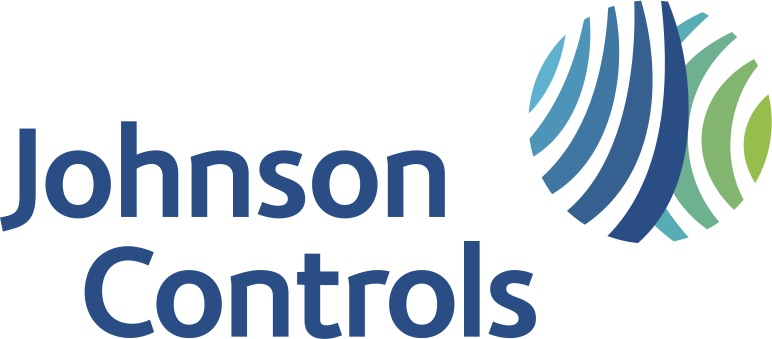FAQs
Help and other info
Need extra help? You are not alone and other help is available -
MoneyHelper
MoneyHelper is the one-stop shop for all your money and pension queries. It’s an independent service set up by the Government to provide a range of information on consumer finances and obtaining financial advice. It also provides guidance across the whole range of pensions, including State, occupational and personal. Head on over to www.moneyhelper.org.uk. If you have any pension questions, you can contact them by using their contact hub at www.moneyhelper.org.uk/en/contact-us/pensions-guidance. Here you can have a live web chat, you can call them on 0800 011 3797 or you can fill in their online enquiry form.
The Pension Protection Fund (PPF)
The PPF was set up as a ‘safety net’ for defined benefit pension plan members whose plans wind up (come to an end), and the employer doesn’t have enough money to pay for the pensions because it’s insolvent (for example). The PPF can pay compensation to people who are in danger of losing their pensions in this way. You can find more information about the PPF on its website: www.ppf.co.uk. If you transfer your benefits out of the Plan to a personal pension arrangement, they will no longer be covered by the PPF. They might be covered by other types of protection such as the Financial Services Compensation Scheme(www.fscs.org.uk). WPSA or your own financial adviser will be able to tell you more about this.
The Pensions Ombudsman
The Pensions Ombudsman can look into and decide complaints about how pension plans are run. Before complaining to the Ombudsman you’ll need to have first tried to resolve your complaint using the Plan’s complaints process. Money Helper can help you complain to the Ombudsman - visit www.moneyhelper.org.uk/en/pensions-and-retirement/pension-problems for more information.
Telephone: 020 7630 2200
Website: www.pensions-ombudsman.org.uk
